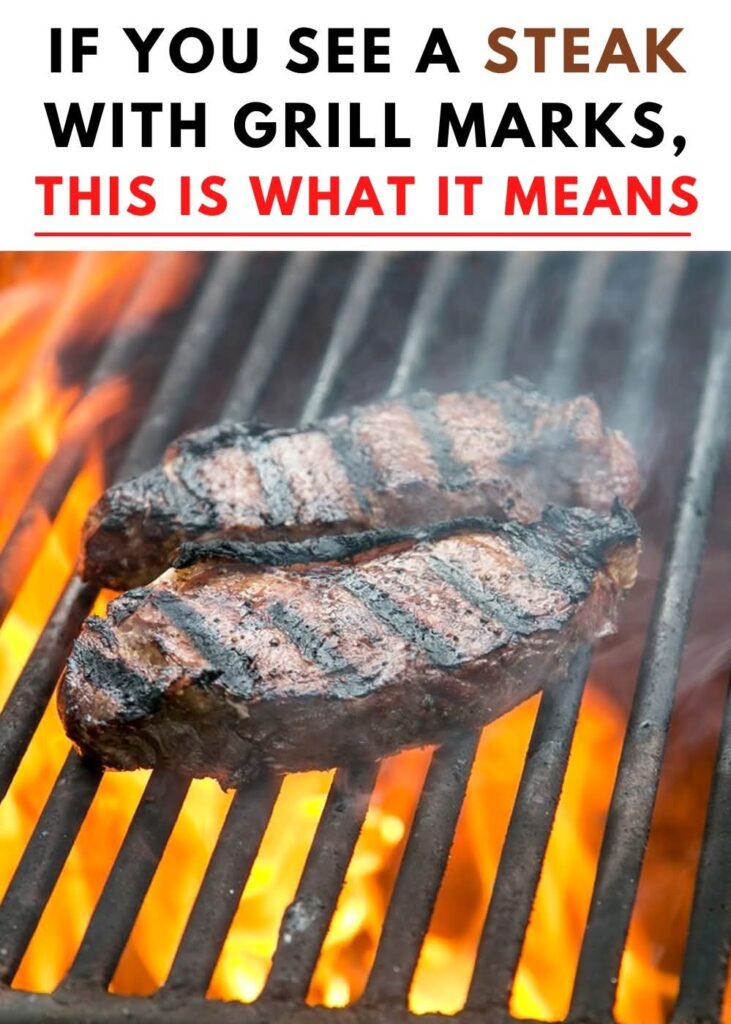1. Have you ever seen a Steak With Grill Marks? And Here’s the reason you don’t want to have Steak With Grill Marks! For years, cross-hatch grill marks have long been considered a signal of a perfect steak…until now. My first day in the kitchen at a steakhouse, my boss showed me how to make perfect grill marks: place the steak on the hot side of the grill, flip it 90-degrees after a few minutes, turn it over and repeat the process.
2. (He also let me in on a few more restaurant secrets!) In most establishments, getting those perfect, diamond-patterned sear marks is considered a sign of a well-grilled steak, and many home cooks wear the ability to create them like a badge. Recently, a lot of chefs are eschewing grill marks in lieu of something better. What could be better than a perfect-looking steak? One that’s covered in a golden-brown crust over the entire surface.
3. What’s the Deal with Grill Marks?
Those blackened marks on your grill happen because of something called the Maillard reaction, a chemical reaction that occurs between amino acids and carbohydrates when food is exposed to heat. The food’s surface browns and caramelizes, resulting in a dish that not only tastes better but is also more visually appealing. It’s the reason that roasted vegetables taste so much better than boiled ones!
4. When your goal is grill marks, you inadvertently halt the Maillard reaction before it has a chance to spread over the surface of the steak. Instead, it creates a superficial reaction, and the only places that get perfectly browned correspond with the __cpLocation of the grates. The squares in between the marks are under seared and, well, boring. The resulting diamond-patterned series of cross-hatches does look visually appealing, but it’s not necessarily a sign of a flavorful steak. And would you want to learn more about grill steak? Here continue here to get details all about this article.

